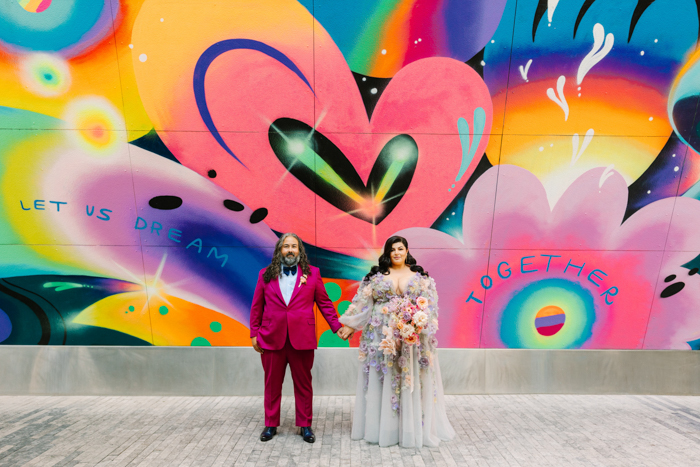

PHOTO:
丁亦然 | unsplash
A few years ago one of the largest airlines in the world decided to invest in a new entertainment system as a way to differentiate itself based on the experience it provide its passengers, and to brand itself as an innovative company. It invested in what was then the most sophisticated entertainment system, which allowed each passenger to choose the content they watched without being limited to a central system that broadcasts the same content to all passengers.
Personalized content is the standard today. But at the time, it was the pinnacle of technology. After implementing the system, the airline conducted a satisfaction survey to see how it affected the customer’s experience and the degree of their loyalty.
Much to its surprise, the new entertainment system did not significantly improve the experience. In fact, the change in passenger satisfaction was minor. The results surprised the director of strategy and innovation, but it did not surprise me. When we deal with customer loyalty and in particular with customer experience — there is nothing surprising.
Peak Moments: What Makes Customers Say ‘Wow’?
Customer experience isn’t driven by a new entertainment system or facilities, as comfortable or innovative as they may be.
This does not mean these comforts are insignificant. It just means they will make customers rate their satisfaction as good, but not “wow.”
Let’s discuss what we mean by “wow,” or in its professional name — peak moments — some even call it delight. The concept has penetrated the business vocabulary as they reached the understanding that competition is no longer about products or services, but about experiences. Experience is not measured by the fact that “everything was fine.” We won’t remember such an experience. To rise above the competition one must start talking about extraordinary experiences that trigger emotion.
From the countless studies I have done on the subject, one thing emerges: the moments of “wow” pass through the human factor. Dan Heath tells the story of a family who stayed on vacation at a hotel two hours’ flight from their home. When they returned from vacation, their child realized he had forgotten his favorite bear at the hotel. The boy could not fall asleep without his bear. When the family called to ask for the lost treasure to be sent to them, the hotel decided not to settle for the bear delivery, they photographed the bear drinking a cocktail, relaxing with sunglasses on a sunbed, with a floatie in the pool and drinking chocolate milk at breakfast. When the child saw the pictures he was happy. This is not an experience the family will soon forget. Brands can’t achieve wow with a sophisticated entertainment system.
Related Article: The Customer Experience Hierarchy
Material Factors Don’t Drive Exceptional Customer Experiences, Emotional Ones Do
Let’s go back to the airline. It did not settle for a classic survey analysis of “how satisfied you were with the service or the food, between 1 and 5?” To understand in depth the pain points as well as the needs of the clients, it used an innovative approach that did two main things: First it allows a pre-trained virtual interviewer to ask open-ended questions. The interviewer could show empathy, identify emotion and ask follow-up questions if needed. Second, it made it possible to analyze the customers’ motivations.
It found that many travelers ordered special meals, like the vegetarian or vegan meal, not because they are vegetarian or vegan but because they do not like to wait, and these dishes come out first. Some of the passengers also said the special dishes are more beautifully wrapped and this made them more attractive.
Thirty-five percent of passengers conveyed an unconventional complaint that may come as a surprise. The complaint was that the flight attendant did not smile at them. This finding is surprising because a flight attendant is supposed to be helpful, courteous and polite, but nowhere does it say that the flight attendant is obligated to smile.
One very clear conclusion emerged: very negative or positive feelings about the experience will never be related to material factors like entertainment or cleanliness. These factors are important, but are obvious. To reach a “wow” response, the experience always had to tie to the human factor.
A boutique hotel chain I worked with used to place a bottle of red wine and two glasses in the guest room. This experience was of course pleasant, but again, isn’t particularly surprising for a boutique hotel. I suggested instead they leave a handwritten letter from the owner of the place with a personal greeting about how excited he to host the guests. The note significantly raised guests’ sense of belonging and was probably much cheaper to do.
Take for example 31-year-old Diane who flew from London to New York with her 6-year-old and 3-month-old sons. She wrote that that day she didn’t get any rest, arrived at the flight exhausted, and from the moment they boarded the toddler did not stop crying. At one point, she said she no longer cared about the angry passenger looks, she just wanted to close her eyes and sleep. At that moment, one of the flight attendants approached her with a smile, told her how much she loved children and said it would make her very happy if the passenger agreed to let her hold the toddler for a few minutes. Out of exhaustion, the passenger said “yes.” She said she slept for two and a half hours while the flight attendant took care of her toddler. The passenger wrote the following sentence following that flight: “No matter what happens from now on, my loyalty to this company will not be harmed.”
Related Article: Why Is Starbucks So Successful Despite Its Mediocre Coffee?
How Do Businesses Create a Wow Effect?
A week ago, the owner of a company that provides heritage tours in Israel told me they were unable to reach new target audiences. Customers rate them very highly in surveys, but the surveys didn’t help them understand how to attract new customers. Instead of asking their travelers about satisfaction, I suggested they ask about two experiences that they particularly remember. From these experiences it will be possible to deduce what feelings to evoke in marketing messages — is it a sense of belonging, togetherness, a moment of challenge or a unique adventure?
Every day, every moment and every hour, we experience a lot of sub-experiences but do not remember them all. What will affect our experiences are only the moments that will be stored in memory — and those cannot be measured on a scale of 1 to 5.
Liraz Margalit, PhD, is a digital psychologist, customer & user behavior specialist, and an international keynote speaker. She integrates cognitive psychology and behavioral economics perspectives to analyzes consumer behavior and deliver actionable insights for business stakeholders.





